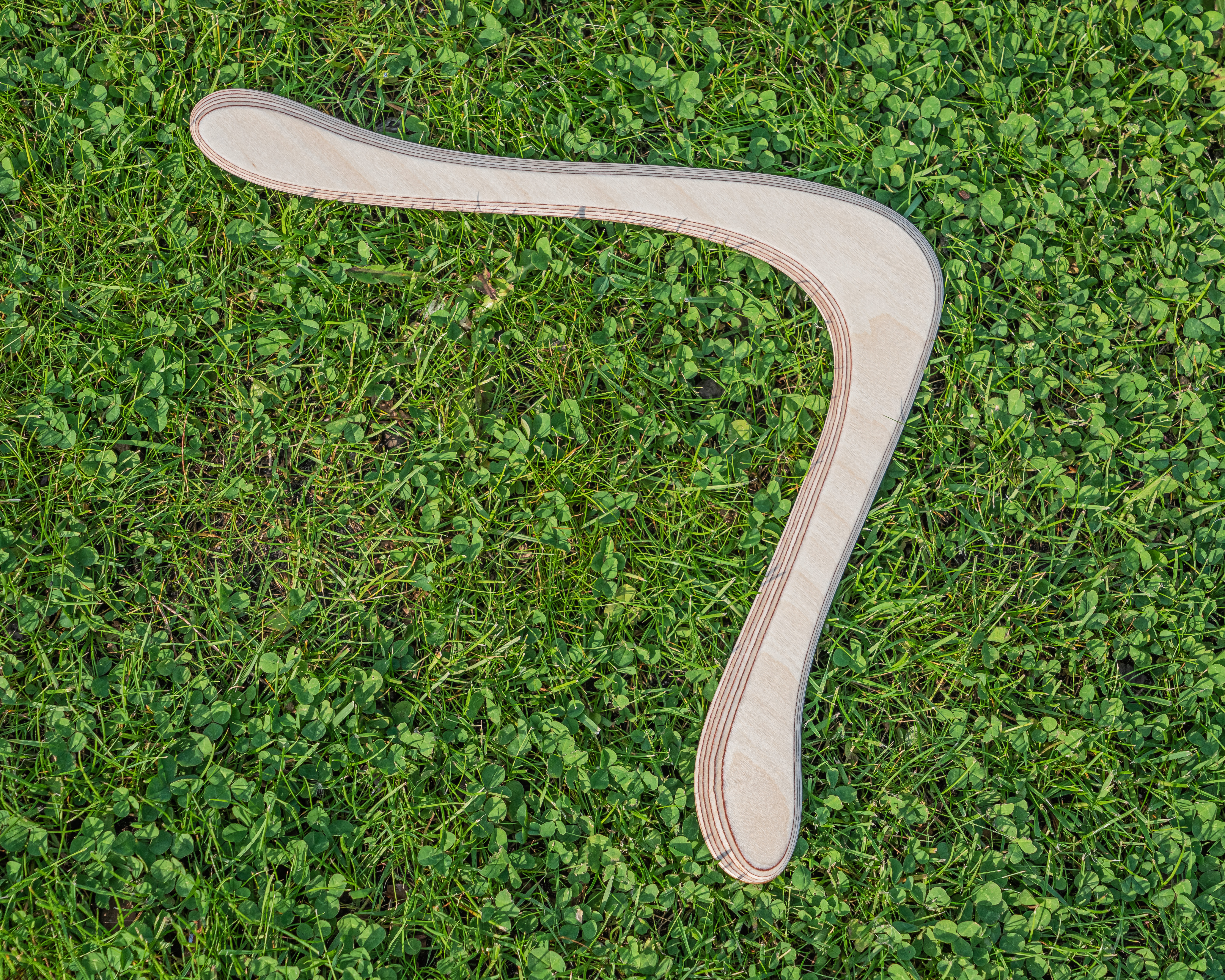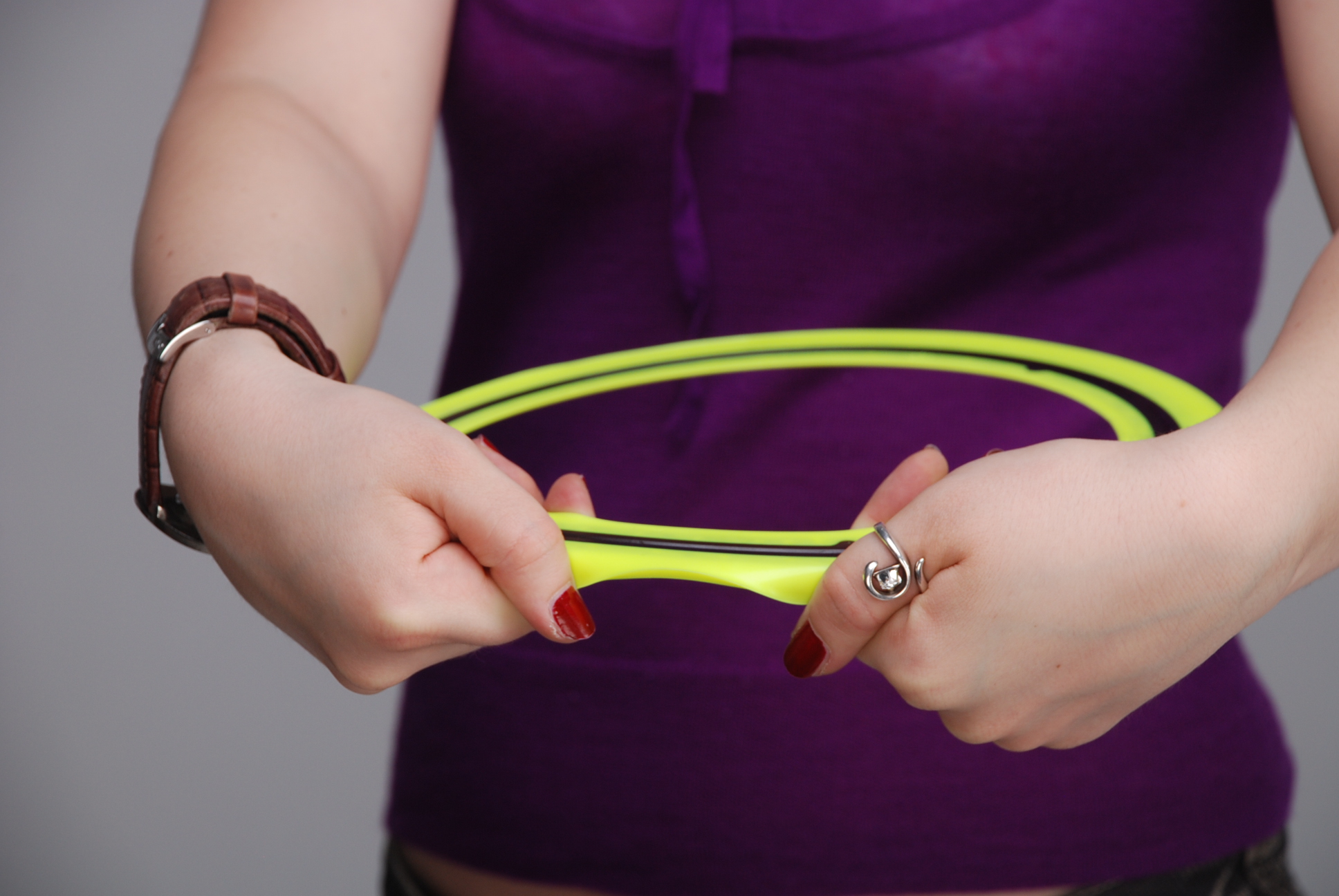|
Chakram (other)
The chakram ( sa, , script=latn; pa, , script=latn) is a throwing weapon from the Indian subcontinent. It is circular with a sharpened outer edge and a diameter of . It is also known as ''chalikar'' meaning "circle", and was sometimes referred to in English writings as a "war-quoit". The chakram is primarily a throwing weapon, but can also be used hand-to-hand. A smaller variant called ''chakri'' is worn on the wrist. A related weapon is the ''chakri dong'', a bamboo staff with a ''chakri'' attached at one end. History The earliest references to the chakram come from the fifth century BCE Indian epics '' Mahabharata'' and '' Ramayana'', where the Sudarshana Chakra is the weapon of the god Vishnu. Contemporaneous Tamil poems from the second century BCE record it as ''thikiri'' (திகிரி). ''Chakra-dhāri'' ("chakram-wielder" or "disc-bearer") is a name for Krishna. The chakram was later used extensively by the Sikhs at least until the days of Ranjit Singh. Even in p ... [...More Info...] [...Related Items...] OR: [Wikipedia] [Google] [Baidu] |
Nihang
The Nihang or Akali (lit. "the immortals") is an armed Sikh warrior order originating in the Indian subcontinent. Nihang are believed to have originated either from Fateh Singh and the attire he wore or from the "Akali" (lit. Army of the Immortal) started by Guru Hargobind. Early Sikh military history was dominated by the Nihang, known for their victories where they were heavily outnumbered. Traditionally known for their bravery and ruthlessness in the battlefield, the Nihang once formed the irregular guerrilla squads of the armed forces of the Sikh Empire, the Sikh Khalsa Army. Akali The ''word Akali/akaali'' means timeless or immortal. Literally, one who belongs to ''Akaal'' (beyond Time). In other words, an Akaali is that person who is subject of none but God only. Conceptually speaking, the terms Akaali, Khalsa and Sikh are synonymous. The term Akaali was first used during the time of Guru Gobind Singh Sahib. The term Akaali became popular in the last decades of the e ... [...More Info...] [...Related Items...] OR: [Wikipedia] [Google] [Baidu] |
Tibet
Tibet (; ''Böd''; ) is a region in East Asia, covering much of the Tibetan Plateau and spanning about . It is the traditional homeland of the Tibetan people. Also resident on the plateau are some other ethnic groups such as Monpa people, Monpa, Tamang people, Tamang, Qiang people, Qiang, Sherpa people, Sherpa and Lhoba peoples and now also considerable numbers of Han Chinese and Hui people, Hui settlers. Since Annexation of Tibet by the People's Republic of China, 1951, the entire plateau has been under the administration of the People's Republic of China, a major portion in the Tibet Autonomous Region, and other portions in the Qinghai and Sichuan provinces. Tibet is the highest region on Earth, with an average elevation of . Located in the Himalayas, the highest elevation in Tibet is Mount Everest, Earth's highest mountain, rising 8,848.86 m (29,032 ft) above sea level. The Tibetan Empire emerged in the 7th century. At its height in the 9th century, the Tibet ... [...More Info...] [...Related Items...] OR: [Wikipedia] [Google] [Baidu] |
Boomerang
A boomerang () is a thrown tool, typically constructed with aerofoil sections and designed to spin about an axis perpendicular to the direction of its flight. A returning boomerang is designed to return to the thrower, while a non-returning boomerang is designed as a weapon to be thrown straight and is traditionally used by some Aboriginal Australians for hunting. Historically, boomerangs have been used for hunting, sport, and entertainment and are made in various shapes and sizes to suit different purposes. Although considered an Australian icon, ancient boomerangs have also been discovered in Africa, the Americas, and Eurasia. Description A boomerang is a throwing stick with aerodynamic properties, traditionally made of wood, but also of bone, horn, tusks and even iron. Modern boomerangs used for sport may be made from plywood or plastics such as ABS, polypropylene, phenolic paper, or carbon fibre-reinforced plastics. Boomerangs come in many shapes and sizes dependi ... [...More Info...] [...Related Items...] OR: [Wikipedia] [Google] [Baidu] |
Alan Adler
Alan Adler is an American inventor. His inventions include aerodynamic toys under the Aerobie brand, such as footballs with fins, flying rings, and discs, as well as a manual coffee brewing device, the AeroPress. His Aerobie Pro flying ring set several world records for the farthest thrown object. Adler has approximately 40 patents in electronics, optics, and aerodynamics. He lectures in mechanical engineering at Stanford University and has lectured at NASA, The Royal Aeronautical Society, Princeton University, California Institute of Technology, Egan Junior High School, and University of California - Davis. He lives in Los Altos, California Los Altos (; Spanish for "The Heights") is a city in Santa Clara County, California, in the San Francisco Bay Area. The population was 31,625 according to the 2020 census. Most of the city's growth occurred between 1950 and 1980. Originally ..., and is the founder of AeroPress, Inc., of Palo Alto. References External links ... [...More Info...] [...Related Items...] OR: [Wikipedia] [Google] [Baidu] |
Brass Knuckles
Brass knuckles (variously referred to as knuckles, knucks, brass knucks, knucklebusters, knuckledusters, knuckle daggers, English punch, iron fist, paperweight, or a classic) are "fist-load weapons" used in hand-to-hand combat. Brass knuckles are pieces of metal shaped to fit around the knuckles. Despite their name, they are often made from other metals, plastics or carbon fibers. Designed to preserve and concentrate a punch's force by directing it toward a harder and smaller contact area, they result in increased tissue disruption, including an increased likelihood of fracturing the intended target's bones on impact. The extended and rounded palm grip also spreads the counter-force across the attacker's palm, which would otherwise have been absorbed primarily by the attacker's fingers. This reduces the likelihood of damage to the attacker's fingers. It also allows its user to break glass windows without injuring their hands, thus are widely utilized in vehicle theft to bre ... [...More Info...] [...Related Items...] OR: [Wikipedia] [Google] [Baidu] |
Indian Martial Arts
Indian martial arts refers to the fighting systems of the Indian subcontinent. A variety of terms are used for the English phrases “Indian martial arts”, deriving from ancient sources. While they may seem to imply specific disciplines (e.g. archery, armed combat), by Classical times they were used generically for all fighting systems. Among the most common terms today, '' śastra-vidyā'', is a compound of the words ' (weapon) and ' (knowledge). ''Dhanurveda'' derives from the words for bow (') and knowledge ('), the “science of archery” in Puranic literature, later applied to martial arts in general. The Vishnu Purana text describes dhanuveda as one of the traditional eighteen branches of “applied knowledge” or upaveda, along with ''shastrashastra'' or military science. A later term, ''yuddha kalā'', comes from the words ''yuddha'' meaning fight or combat and ''kalā'' meaning art or skill. The related term ''śastra kalā'' (lit. weapon art) usually refers specifi ... [...More Info...] [...Related Items...] OR: [Wikipedia] [Google] [Baidu] |
Shuriken
A ''shuriken'' ( ja, 手裏剣; literally: "hidden hand blade") is a Japanese concealed weapon that was used as a hidden dagger or metsubushi to distract or misdirect. They are also known as throwing stars, or ninja stars, although they were originally designed in many different shapes. The major varieties of shuriken are the and the or . Shuriken were supplementary weapons to the sword or various other weapons in a samurai's arsenal, although they often had an important tactical effect in battle. The art of wielding the shuriken is known as shurikenjutsu and was taught as a minor part of the martial arts curriculum of many famous schools, such as Yagyū Shinkage-ryū, Tenshin Shōden Katori Shintō-ryū, Ittō-ryū, Kukishin-ryū, and Togakure-ryū. Bo-shuriken A ''Bo-shuriken'' is a throwing weapon consisting of a straight iron or steel spike, usually four-sided but sometimes round or octagonal in section. Some examples have points on both ends. The length ranges ... [...More Info...] [...Related Items...] OR: [Wikipedia] [Google] [Baidu] |
Aerobie
An Aerobie is a flying ring used in a manner similar to a chakram or flying disc (Frisbee), for recreational catches between two or more individuals. Its ring shape of only about thickness"The Science of Aerobie Sport Toys", #1 , accessed June 26, 2008 makes the Aerobie lighter and more stable in flight than a disc. It can be bent to tune it for straighter flight. Since it has very low Drag (physics), drag and good stability, it can be thrown much farther than a flying disc. The Aerobie was used to set two former world records for thrown objects. Designed in 1984 by Stanford engineering lecturer Alan Adler, the Aerobie has a polycarbonate core with soft rubber bumpers molded onto the inner and outer rims. The outer rim has a Spoiler (aeronautics), spoiler designed to impart stability. History ...
|
Bamboo
Bamboos are a diverse group of evergreen perennial flowering plants making up the subfamily Bambusoideae of the grass family Poaceae. Giant bamboos are the largest members of the grass family. The origin of the word "bamboo" is uncertain, but it probably comes from the Dutch or Portuguese language, which originally borrowed it from Malay or Kannada. In bamboo, as in other grasses, the internodal regions of the stem are usually hollow and the vascular bundles in the cross-section are scattered throughout the stem instead of in a cylindrical arrangement. The dicotyledonous woody xylem is also absent. The absence of secondary growth wood causes the stems of monocots, including the palms and large bamboos, to be columnar rather than tapering. Bamboos include some of the fastest-growing plants in the world, due to a unique rhizome-dependent system. Certain species of bamboo can grow within a 24-hour period, at a rate of almost an hour (equivalent to 1 mm every ... [...More Info...] [...Related Items...] OR: [Wikipedia] [Google] [Baidu] |
Akali Turban With Quoits
Akali may refer to: * In the context of Sikhism, "Akali" ("pertaining to Akal or the Supreme Power", "divine") may refer to: ** any member of the Khalsa, i.e. the collective body of baptized Sikhs ** a member of the Akali movement (1919-1925) ** a politician of the Akali Dal political parties ** a term for the Nihang, a Sikh order * Akali (''League of Legends''), the Rogue Assassin, a playable character in the video game ''League of Legends'' and its associated virtual band K/DA See also * Alkali (other) Alkali is a specific type of chemical base. Alkali may refer to: Places * Alkali, Nevada, United States, a ghost town * Alkali Lake (other) * An island in Lake Abaya, Ethiopia People * Ibrahim Alkali (born 1940), Nigerian air commo ... * Akari (other) {{disambiguation ... [...More Info...] [...Related Items...] OR: [Wikipedia] [Google] [Baidu] |
Society For Creative Anachronism
The Society for Creative Anachronism (SCA) is an international living history group with the aim of studying and recreating mainly Medieval European cultures and their histories before the 17th century. A quip often used within the SCA describes it as a group devoted to the Middle Ages "as they ought to have been", choosing to "selectively recreate the culture, choosing elements of the culture that interest and attract us". Founded in 1966, the non-profit educational corporation has over 20,000 paid members as of 2020 with about 60,000 total participants in the society (including members and non-member participants). History The SCA's roots can be traced to a backyard party of a UC Berkeley medieval studies graduate, the author Diana Paxson, in Berkeley, California, on May Day in 1966. The party began with a "Grand Tournament" in which the participants wore helmets, fencing masks, and usually some semblance of a costume, and sparred with each other using weapons such as plywood ... [...More Info...] [...Related Items...] OR: [Wikipedia] [Google] [Baidu] |
Jubaland
Jubaland ( so, Jubbaland, ar, , it, Oltregiuba), the Juba Valley ( so, Dooxada Jubba) or Azania ( so, Asaaniya, ar, ), is a Federal Member State in southern Somalia. Its eastern border lies east of the Jubba River, stretching from Gedo to the Indian Ocean, while its western side flanks the North Eastern Province in Kenya, which was carved out of Jubaland during the colonial period. Jubaland has a total area of . As of 2005, it had a total population of 953,045 inhabitants. The territory consists of the Gedo, Lower Juba and Middle Juba provinces. Its largest city is Kismayo, which is situated on the coast near the mouth of the Jubba River. Bardera, Afmadow, Bu'aale, Luuq, Garbahareey and Beled Haawo are the region's other principal cities. During the Middle Ages, the influential Somali Ajuran Sultanate held sway over the territory, followed in turn by the Geledi Sultanate. They were later incorporated into British East Africa. In 1925, Jubaland was ceded to ... [...More Info...] [...Related Items...] OR: [Wikipedia] [Google] [Baidu] |




.jpg)


